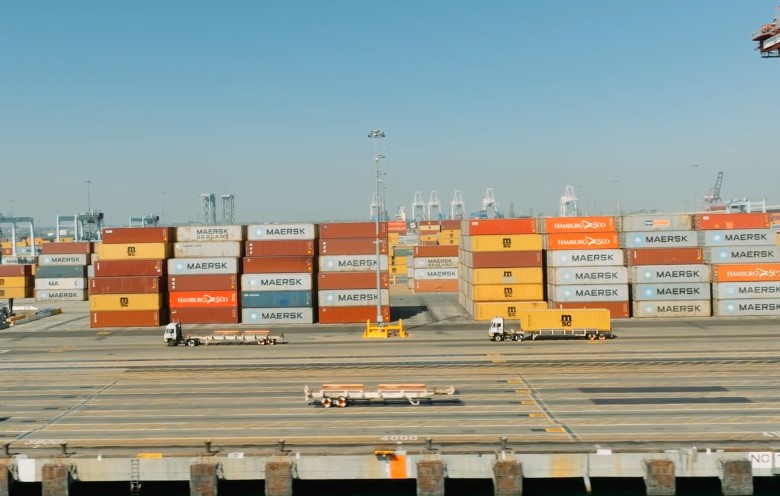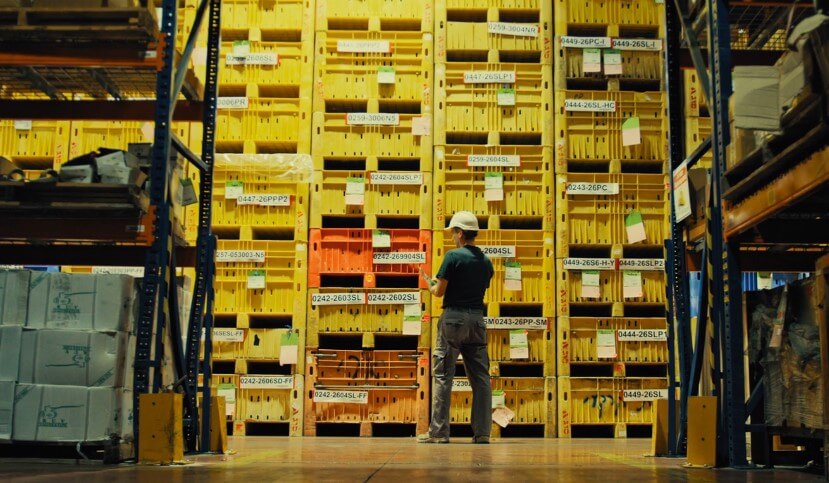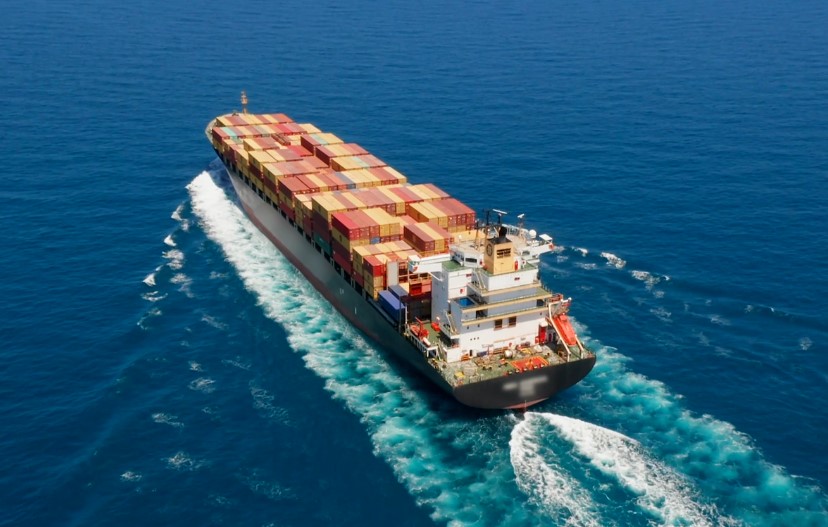Operating from a tax-free logistics zone can cut your operational costs by 15%–35% compared to running in a standard commercial zone, while also speeding up customs processes, improving global reach, and simplifying compliance.
For many businesses, especially those in e-commerce, import/export, manufacturing, and distribution, this combination translates directly into higher margins, faster delivery times, and greater competitiveness in both domestic and international markets.
In some cases, companies report reducing order-to-delivery times by up to 48 hours simply because of the customs and handling benefits available in these zones.
1. Significant Tax Savings
One of the most obvious benefits is the elimination, or substantial reduction, of taxes and duties on goods stored, processed, or transshipped within the zone. This is not just about avoiding import duties until goods enter the domestic market, it’s also about avoiding double taxation when re-exporting.
In many tax-free logistics zones, customs duties, value-added tax (VAT), and excise taxes are either waived or suspended, which means capital stays in your business longer instead of being tied up in tax prepayments.
| Tax Type | Regular Zone Cost Impact | Tax-Free Zone Cost Impact | Potential Savings (%) |
| Import Duties | 5–20% of goods value | Deferred or waived | 100% on re-exports |
| VAT / Sales Tax | 10–25% | Waived until domestic entry | 10–25% |
| Excise Tax | Product-specific | Often waived or reduced | 5–15% |
For high-volume importers, the cash flow relief alone can make the difference between breaking even and running a profit.
2. Faster Customs Clearance
Customs delays are one of the biggest bottlenecks in global supply chains. In a tax-free logistics zone, customs processes are streamlined, often through on-site customs offices and simplified paperwork. This allows companies to clear goods within hours instead of days.
Zones often operate under single-window clearance systems, meaning one application covers multiple regulatory bodies. This can dramatically shorten the supply chain cycle.
| Clearance Factor | Regular Process | Tax-Free Zone Process |
| Average Clearance Time | 2–5 days | Same day or <24 hours |
| Inspections | Multiple agencies | Joint inspection |
| Documentation | Full set per shipment | Simplified / pre-filed |
For businesses dealing in time-sensitive products, like perishable goods, fast fashion, or electronics, these time savings can be as valuable as tax savings.
3. Global Market Access

A tax-free logistics zone is usually strategically located near major ports, airports, and highways, making it a natural gateway for international trade.
Operating from such a hub allows you to serve multiple regions without having to set up separate storage facilities in each market.
For example, a company in a Dubai tax-free zone can distribute to Europe, Asia, and Africa within 48–72 hours by air freight. The ability to import goods in bulk, store them tax-free, and then ship in smaller batches to different countries reduces per-unit shipping and handling costs.
| Logistics Advantage | Why It Matters |
| Proximity to Ports | Lower inland freight costs and faster loading |
| Multi-Modal Access | Flexibility between sea, air, and land |
| Regional Hub Status | Ability to service multiple countries from one location |
4. Flexibility in Value-Added Services
Tax-free logistics zones often permit light manufacturing, assembly, packaging, and labeling within their facilities without triggering import duties until the final product enters the domestic market.
This is especially valuable for businesses that customize products for different regions, like changing manuals, labeling languages, or packaging sizes, because they can adapt goods to the target market without unnecessary tax exposure.
For example, if you operate an e-commerce brand selling on Amazon, working with a tax-free Amazon prep center inside one of these zones allows you to receive, inspect, label, and repackage goods for multiple countries without incurring duties until items are shipped to the customer’s destination.
| Example Activity | Tax Liability in Regular Zone | Tax Liability in Tax-Free Zone |
| Adding product labels in a foreign language | Import duty applies before work | No duty until domestic entry |
| Assembling imported components | Duties on all imported parts | Duties only if entering domestic market |
| Repackaging for local compliance | VAT + duties | Deferred or waived |
5. Lower Operational Costs Beyond Taxes

Operating in a tax-free zone often comes with reduced utility costs, subsidized rent, and infrastructure incentives, especially in countries aiming to attract foreign investment. Many zones also provide shared warehouses, equipment, and workforce services, lowering initial setup expenses.
| Cost Type | Regular Commercial Zone | Tax-Free Logistics Zone |
| Warehouse Rent (per m²/year) | $90–$150 | $50–$100 |
| Power & Utilities | Market rate | Subsidized / reduced rate |
| Workforce Recruitment | Independent hiring | On-site HR and labor pools |
6. Regulatory and Compliance Support
Tax-free zones often have dedicated regulatory teams to help businesses comply with both local and international trade requirements. This can be invaluable for smaller companies that don’t have in-house customs or trade compliance experts.
This support includes:
- Guidance on import/export documentation
- Compliance with international trade agreements
- Assistance with product certification and testing
For companies in heavily regulated industries, like pharmaceuticals or electronics, this can significantly reduce the risk of costly compliance errors.
7. Enhanced Cash Flow Management
View this post on Instagram
Because taxes and duties are only paid when goods leave the zone for the domestic market, your cash flow remains unlocked for longer periods.
This allows companies to allocate capital toward high-impact areas like bulk purchasing, seasonal inventory buildup, or entering new markets without waiting for tax refunds.
Many zones also offer duty drawback schemes for goods that briefly enter the domestic market but are later exported again, preventing unnecessary capital lockup.
A mid-sized electronics distributor operating in a Southeast Asian free zone reported a 22% improvement in available working capital compared to its previous operations in a standard commercial warehouse, largely due to deferred duty payments and the ability to rotate stock more efficiently.
8. Strategic Branding and Trust
Being located in a well-known tax-free logistics hub can enhance a company’s reputation for efficiency, compliance, and global readiness. Large clients often look for suppliers who can guarantee delivery speed and consistent supply, and operating from such a hub can be a visible indicator of those capabilities.
In addition, some zones are associated with specific industry strengths, like electronics in Singapore’s free trade zones or automotive parts in Mexico’s IMMEX program, so being present there can signal that your company is part of a trusted, specialized supply chain.
This not only helps with winning contracts but also builds long-term credibility with partners and investors.
Final Thoughts
Tax-free logistics zones are not just about saving money, they’re about creating a more agile, globally connected, and financially efficient supply chain.
The combination of tax relief, faster customs, prime location, and operational flexibility makes them a strategic choice for companies looking to scale internationally.
For businesses with heavy import/export operations, the decision often pays for itself within the first year through reduced duties, faster deliveries, and stronger cash flow.

